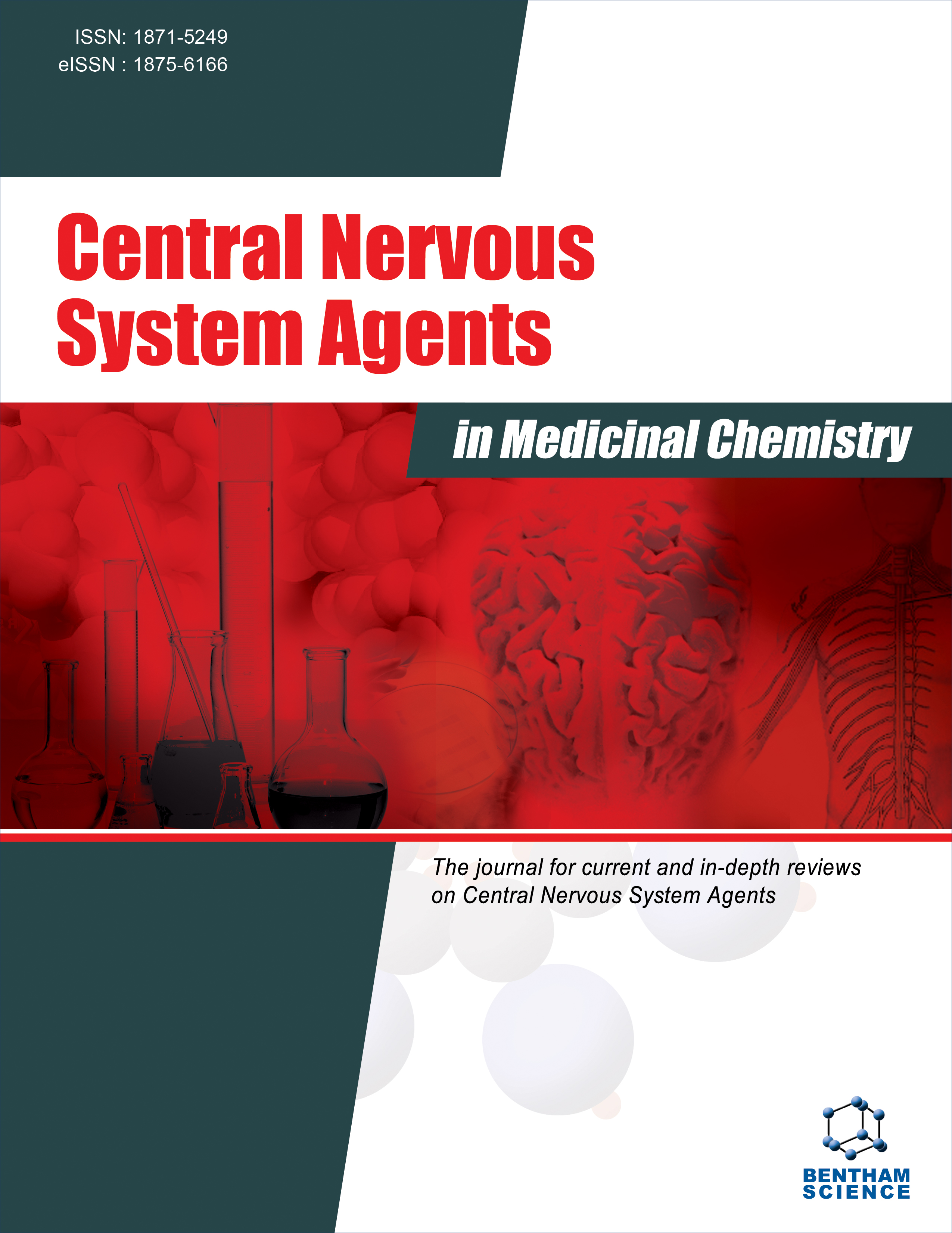
Full text loading...
We use cookies to track usage and preferences.I Understand
The most critical issue impeding the development of innovative cerebrospinal medications is the blood-brain barrier (BBB). The BBB limits the ability of most medications to penetrate the brain to the CNS. The BBB structure and functions are summarized, with the physical barrier generated by endothelial tight junctions and the transport barrier formed by transporters within the membrane and vesicular processes. The functions of connected cells, particularly the end feet of astrocytic glial cells, microglia, and pericytes, are described. The drugs that cross the blood brain barrier are explained below along with their mechanisms. Some of the associated conditions and problems are given.

Article metrics loading...

Full text loading...
References


Data & Media loading...

